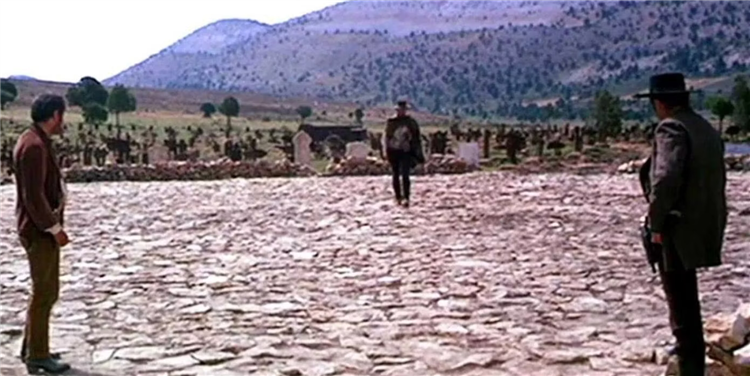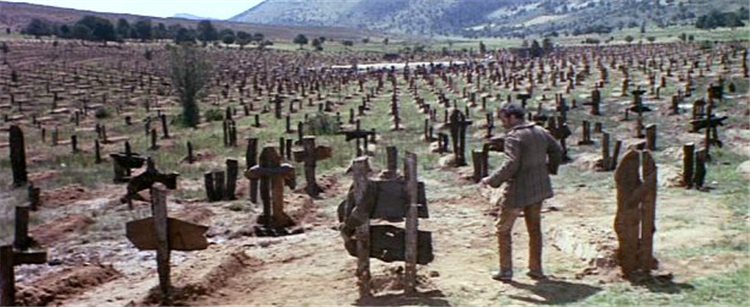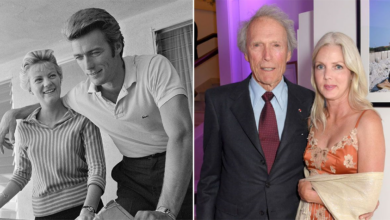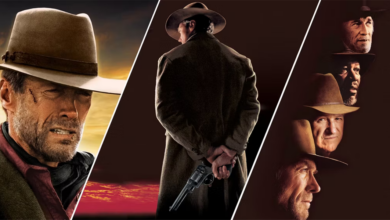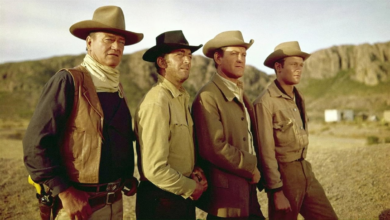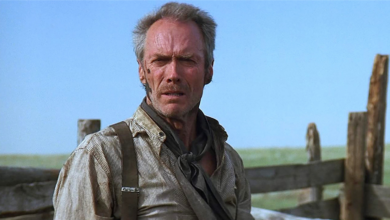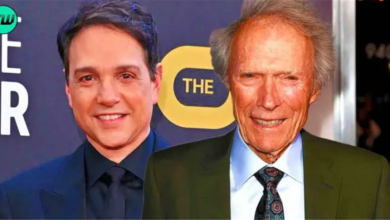Behind the Epic, Iconic Standoff Scene in ‘The Good, The Bad and The Ugly’
While it’s been ripped off, recreated, and parodied countless times, the standoff in 'The Good, The Bad and The Ugly' has yet to be topped.
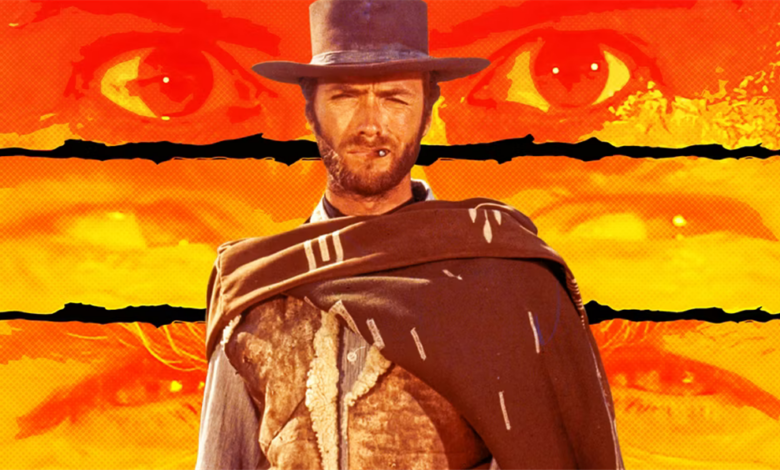
There is no better Western film in the history of cinema than Sergio Leone’s 1966 masterpiece The Good, The Bad and The Ugly. While Stagecoach was largely responsible for launching the new wave of the genre’s popularity and The Searchers is often cited on critics’ lists of the best films of all-time, there aren’t a lot of moviegoers who aren’t familiar with Ennio Morricone’s famous, enthralling main theme from Leone’s classic. Even for those who haven’t seen its two predecessors, A Fistful of Dollars and A Few Dollars More, The Good, The Bad and The Ugly is an electrifying thrill ride from beginning to end. It’s one of the rare films that spans nearly three hours and doesn’t waste a moment.
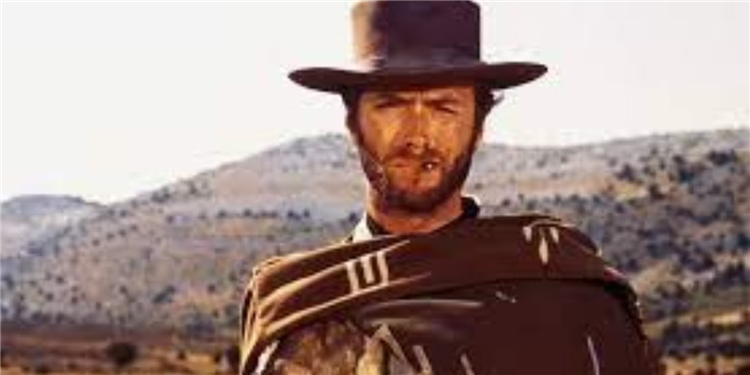
There are a lot of fantastic moments in The Good, The Bad and The Ugly, and the film’s consideration of the ramifications of war and the allure of greed make it even more interesting on subsequent rewatches. However, the film is best known for its iconic standoff sequence when the pillars of heroism, villainy, and moral ambiguity square off in a three-way duel. The “good” is the stern bounty hunter “Blondie” (Clint Eastwood), the “bad” is the wicked mercenary “Angel Eyes” (Lee Van Cleef), and the “ugly” is the selfish thief Tuco (Eli Wallach).
You don’t have to look very far to see the influence of the scene on modern movies; even films outside the genre have taken inspiration from the duel. Marty McFly’s (Michael J. Fox) recreation of the moment is the climax of Back to the Future: Part III, and Jesse (Aaron Paul) faces a similar western-style duel at the end of El Camino: A Breaking Bad Movie. Leone crystallized the “Spaghetti Western” craze in this signature battle, identifying clear archetypal characters that would inspire countless recreations, homages, and parodies. The creative, practical techniques used to bring it to life continue to give moviegoers memories today.
How Leone Crafted a Legend with ‘The Good, The Bad and The Ugly’


